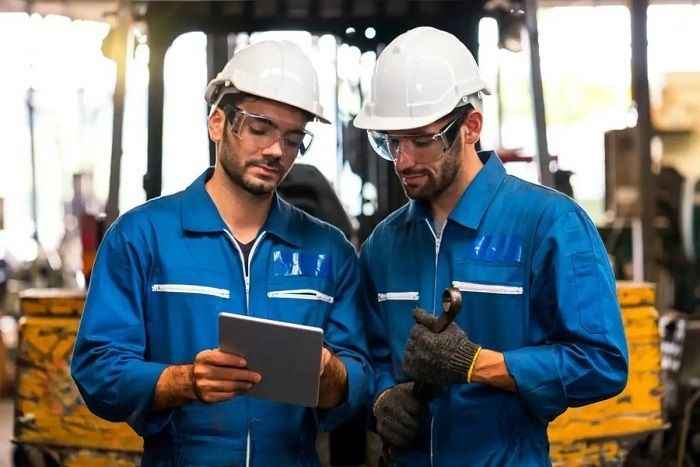How Can Industrial Engineers Improve Workplace Safety and Ergonomics
Workplace safety and ergonomics are essential in any industrial setting. Industrial engineers are responsible for analyzing tasks, identifying areas of physical strain, and introducing improvements that protect workers and support efficiency. Their role involves continuous observation, problem-solving, and collaboration with other departments to create safer work environments.
Spotting Risks Through Observation and Feedback
The starting point for an industrial engineer is careful observation. By reviewing work routines and speaking with employees, they can detect patterns that indicate strain, discomfort, or fatigue. Tracking minor injuries, missed workdays, or repetitive stress complaints helps identify tasks that require changes.
An Ingeniero industrial Alberique will often spend time on the production floor to monitor posture, movement, and task repetition. This direct observation helps pinpoint risk zones and areas where safety can be improved with minimal disruption to workflow.
Adjusting Workstations for Better Support
Many physical problems at work are linked to poor station layout. When tables are too high or tools are out of reach, workers are forced into uncomfortable positions. An industrial engineer can suggest changes such as adjustable tables, better lighting, supportive chairs, or repositioning equipment for easier access.
These changes reduce pressure on joints and muscles, leading to better posture and fewer injuries. For standing jobs, the engineer may also review floor surfaces and recommend anti-fatigue support to reduce leg and back strain.
Improving Workflow to Lower Physical Demands
Task design has a direct impact on safety. Repetitive lifting, pulling, or carrying can cause stress injuries over time. An industrial engineer may reorganize these tasks, introduce lifts or carts, or recommend alternating physical tasks with less demanding ones.
For example, an Ingeniero industrial Alberique might rearrange work schedules so that no worker performs the same task all day. This type of job rotation allows muscles to recover and reduces the risk of repetitive injuries. It also maintains worker alertness throughout the shift.
Choosing Practical Tools and Equipment
Using the right equipment reduces the chance of accidents. If a tool is too heavy, difficult to grip, or placed in a hard-to-reach location, it increases risk. Engineers inspect tools for compatibility with the task and recommend lighter or more accessible alternatives when needed.
They also check for safe tool storage. Tools should be easy to access without bending or stretching. Keeping tools close to the working area saves time and reduces awkward movements that can cause injury.
Reinforcing Training and Awareness
Even with the best setup, mistakes can happen if workers are not trained properly. An industrial engineer works with safety teams to create practical training sessions. These cover lifting techniques, posture tips, safe tool use, and awareness of risk areas.
Periodic sessions help workers stay up to date with any changes made by the engineering team. It also gives them a chance to provide feedback. This feedback is valuable and often helps engineers discover new ways to improve the workspace.
Applying Ergonomics to System Design
Industrial engineers apply ergonomic principles to support the worker physically. This involves designing tasks and setups that match the body’s natural movements. Engineers may adjust the spacing between stations, introduce work breaks, or reduce the number of steps needed to complete a task.
An Ingeniero industrial Alberique might also work with the design team to modify equipment before it is installed, allowing safety to be built into the process rather than added later. These adjustments can reduce discomfort and increase long-term performance.
Conclusion
Industrial engineers improve safety and ergonomics by observing tasks, adjusting layouts, improving workflows, and selecting proper tools. They also support training and follow up on results to keep systems running safely.
